Spring is a time of transitions. With the snow gone, it is time to start looking for new growth, new life and the return of some of the birds and other wildlife that I like to photograph.
Follow along for tips for spring nature and landscape photography.
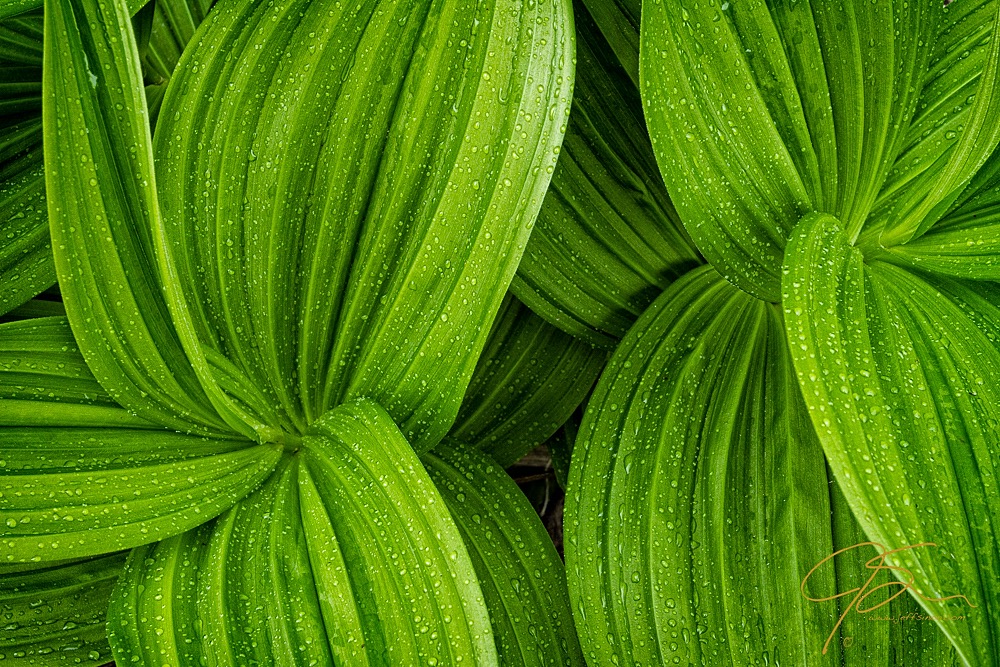
Things start waking not long after the snow starts to melt. Vivid green plants and brightly colored flowers starting to pop up in the woods and along the riverbanks. Some of my favorite birds and animals either return to the area or become active again after hibernating for the winter.

1. Look streamside.
As the photo above shows, even though the trees in the background are still bare, you’ll often find the first new plants along rivers and streams. These false hellebore, a favorite of mine because of their brilliant green and richly textured leaves, are one of the first plants to grow in the spring, and their bright green color is easy to spot against the otherwise still dull forest floor, even when driving by in my car.
2. Explore forests and hillsides with southern exposure.

One of the first places to look for wildflowers is along hillsides or in forests with a southern exposure. These areas receive the most sunshine and therefore these are the areas where the snow will melt the earliest. The hepatica flowers pictured above, one of the first spring wildflowers to bloom here in New Hampshire, are enjoying the sun on just a southern-facing hillside.
Play the latitude game. With the warmer temperatures of spring usually arriving from the south and moving north, at least in the northern hemisphere, most every wildflower will bloom in the southern parts of your state first, followed by elsewhere in the state as the rest of the state starts to warm up. If you have a flower you absolutely love to photograph, you can follow it along as the warmer temperatures move north.
Learn more about photographing flowers here.
3. Seek out showers.
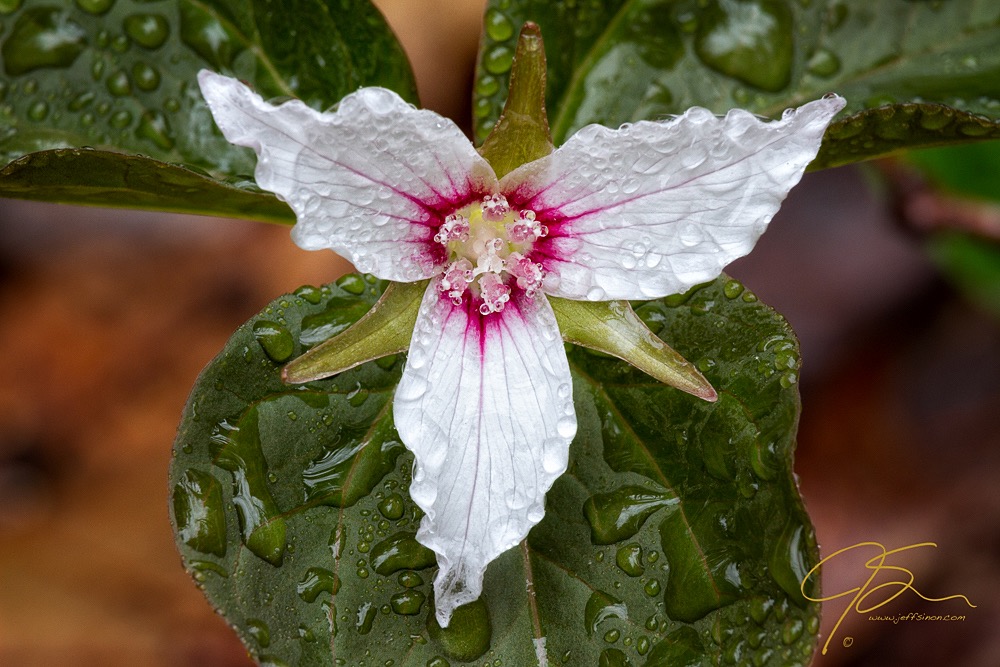 We’ve all heard that April showers bring May flowers, right? These showers also add an appealing element to your plant and flower photos. The sparkling highlights and reflections created by the raindrops can take an ordinary wildflower or plant photo and make it extraordinary. Right after it rains, the nice even light of the overcast day is a great time to photograph nature as well.
We’ve all heard that April showers bring May flowers, right? These showers also add an appealing element to your plant and flower photos. The sparkling highlights and reflections created by the raindrops can take an ordinary wildflower or plant photo and make it extraordinary. Right after it rains, the nice even light of the overcast day is a great time to photograph nature as well.
4. Listen for birds and watch for wildlife.
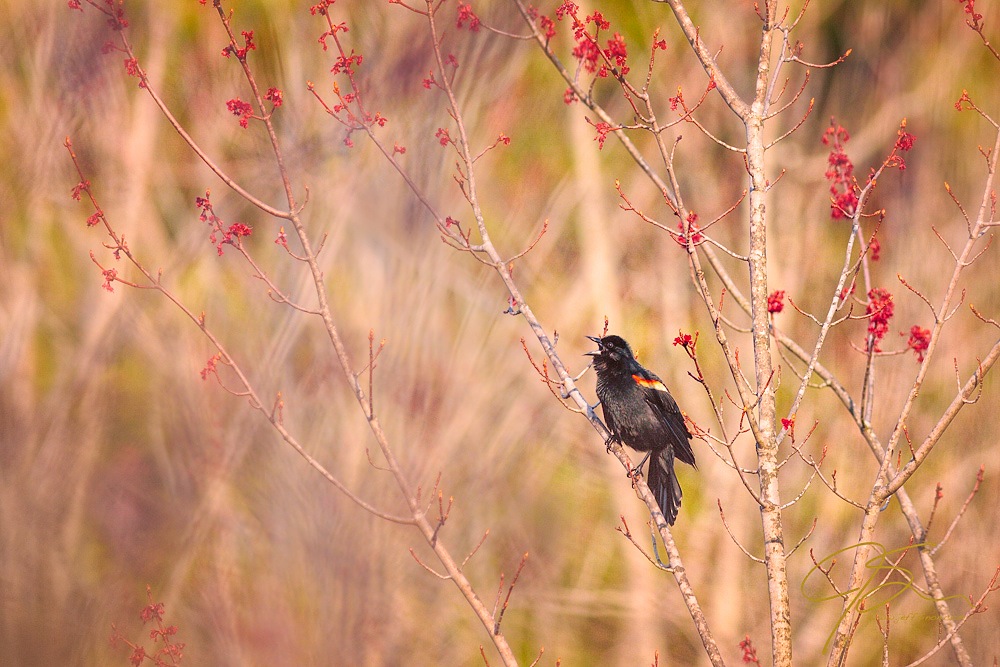
Two of my favorite birds to photograph are the red-wing black bird, above, and the common loon, below. Both have distinct calls, and it’s their calls that often alert me to there return. If you have a favorite bird, try to become familiar with its call so you too will know when they’ve returned.
Learn more about photographing birds here.
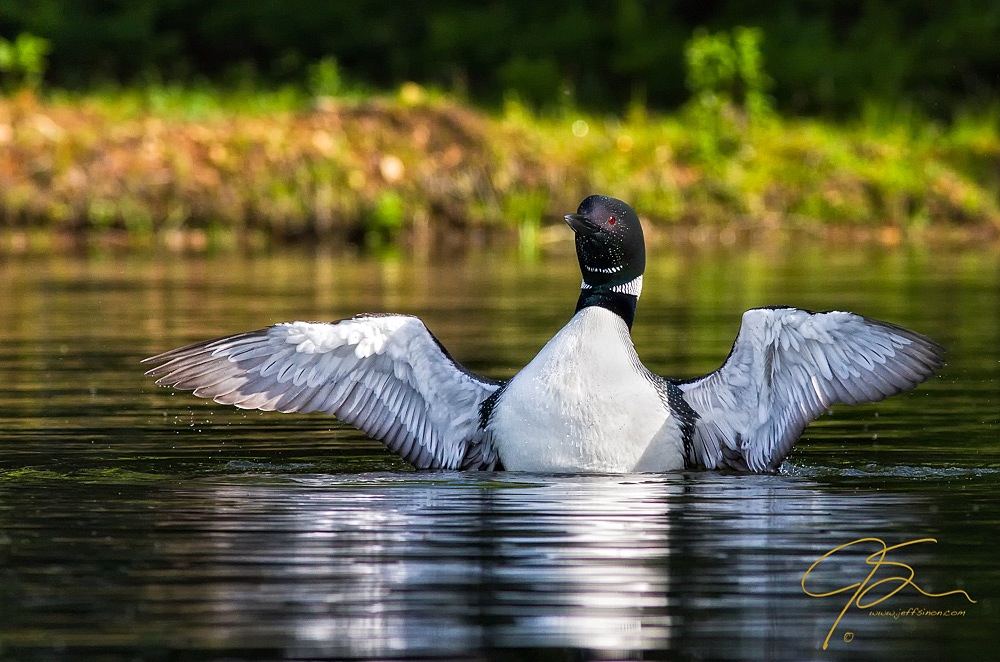
Spring is also when the babies are born. If you pay attention when you’re in the woods with your camera, and you’re very lucky, in the right place at the right time, and very, very careful, you may just get to make a family portrait.
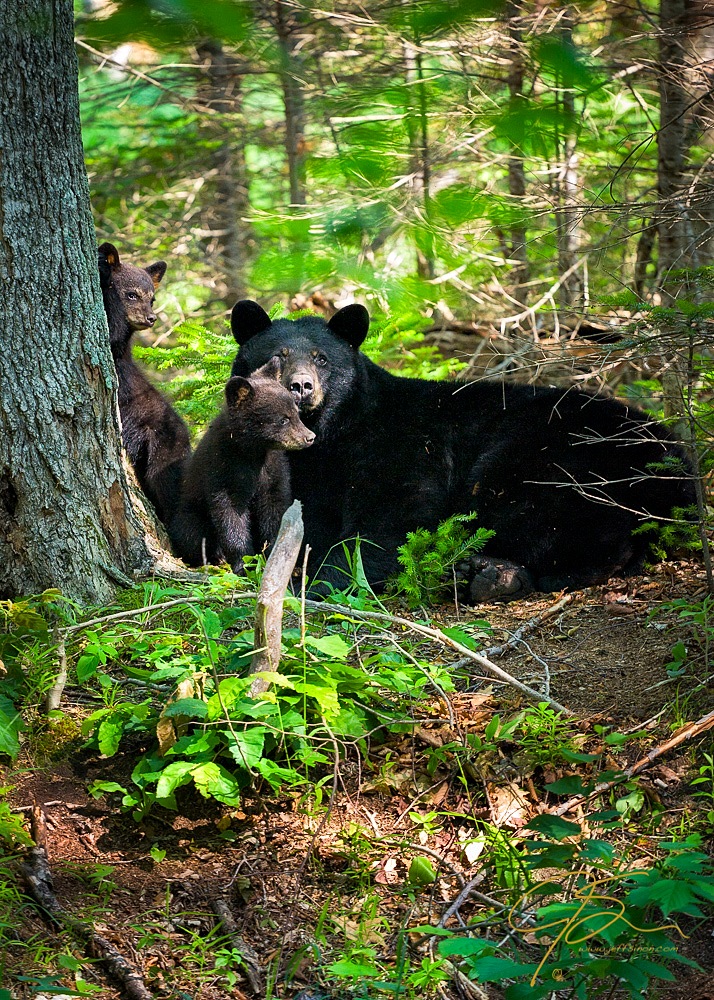
5. Be prepared for the bad.
Sadly, flowers and wildlife aren’t the only things in nature making their return in the spring. Spring also means bugs. Biting, blood-thirsty bugs! With ticks and mosquitoes seemingly carrying a new and worse disease every year, it is a good idea to start carrying insect repellent with you. Be careful though, many insect repellents, those containing DEET in particular, can melt some plastics and that’s not good for your camera. Use extreme caution when applying them and, if possible, wipe or wash as much off of your hands as you can after you’ve applied it to yourself.
Also, I always keep my camera in my camera bag until well after I’ve put on the bug spray so none of the spray accidentally gets on my camera.
6. Embrace the mud.

Because there will be plenty of it in the spring time.

Share tips, start a discussion or ask one of our experts or other students a question.
No Responses to “Get Outside and Shooting With These 6 Spring Photography Tips”